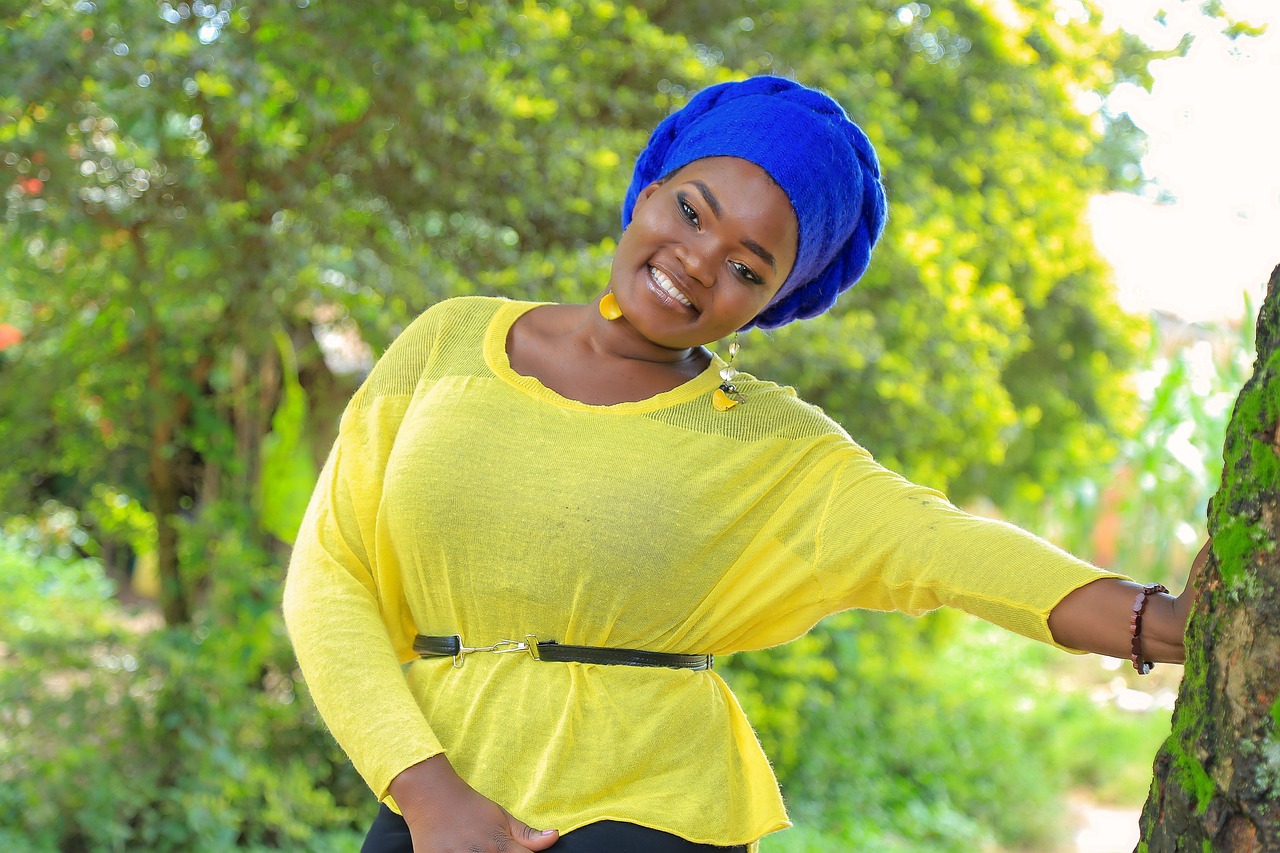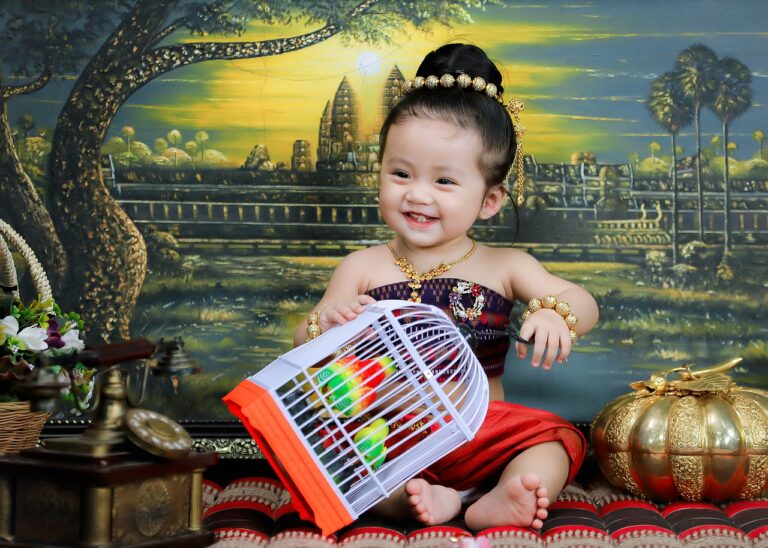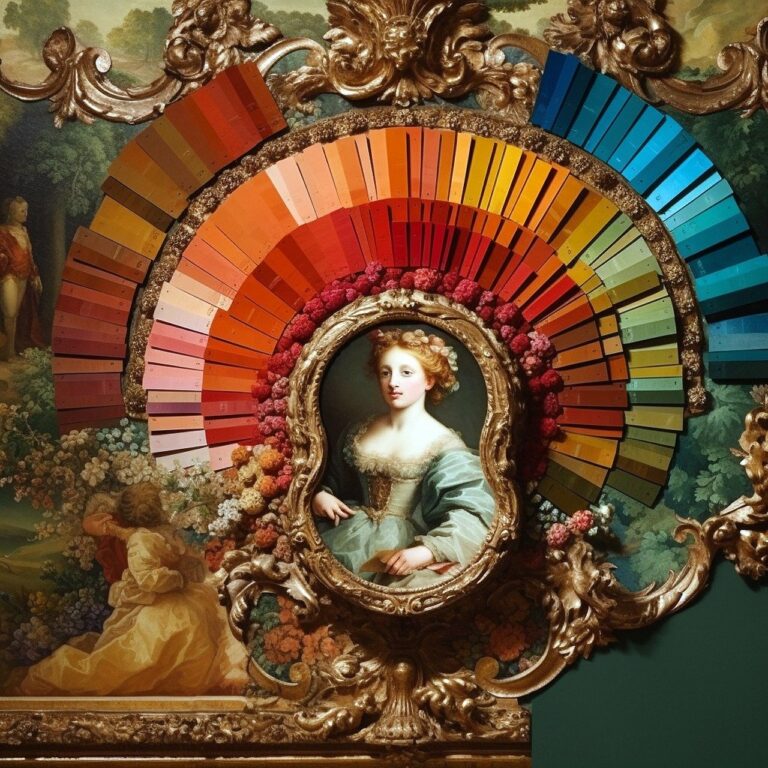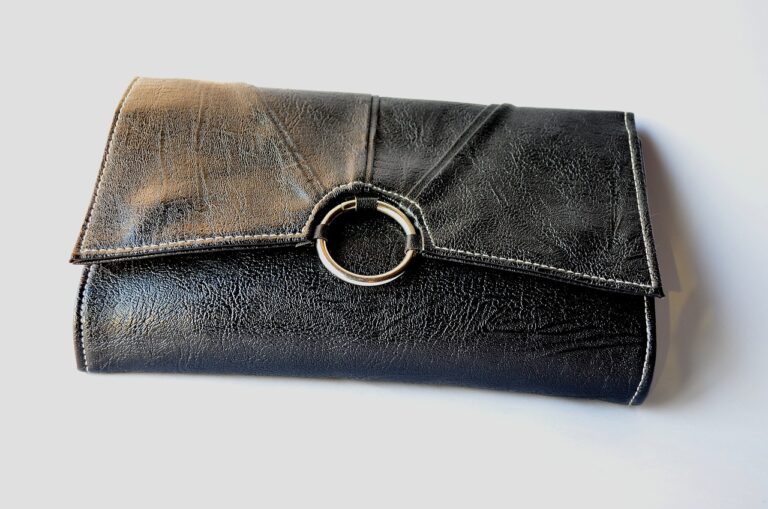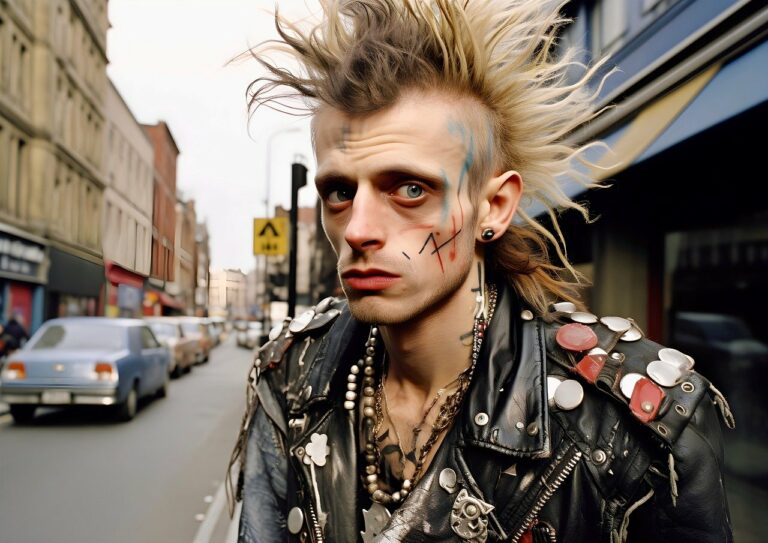The Evolution of Fashion Photography in the Digital Age: 11x play online, Reddy bet, Golden777
11x play online, reddy bet, golden777: The Evolution of Fashion Photography in the Digital Age
Fashion photography has gone through a significant transformation in the digital era. With the advancement of technology, the way we capture and consume fashion imagery has changed drastically. Gone are the days of film cameras and darkrooms; now, everything is done digitally. In this article, we will explore how fashion photography has evolved in the digital age and how it has revolutionized the industry.
The Rise of Digital Photography
Digital photography has completely changed the landscape of fashion photography. With the introduction of digital cameras, photographers can now instantly view and edit their images, giving them more control over the final product. This shift has allowed for more experimentation and creativity in fashion photography, as photographers can easily manipulate and enhance their images in post-production.
The Role of Social Media
Social media has played a significant role in the evolution of fashion photography. Platforms like Instagram have given rise to a new generation of fashion photographers who have gained popularity and recognition through their online presence. Fashion brands and publications now look to social media influencers for inspiration and talent, blurring the lines between traditional and digital photography.
The Influence of Technology
Advancements in technology have also had a profound impact on fashion photography. From high-resolution cameras to drones and 3D imaging, photographers now have access to a wide range of tools and techniques to create stunning visuals. Virtual reality and augmented reality are also starting to make their mark on the industry, allowing for new and immersive ways to experience fashion photography.
The Demise of Print Media
As digital platforms continue to dominate the fashion industry, traditional print media has seen a decline in popularity. Magazines and editorial spreads are no longer the main showcase for fashion photography, as brands now focus on digital campaigns and social media content to reach a wider audience. This shift has forced photographers to adapt to new mediums and formats, pushing the boundaries of what is possible in fashion photography.
The Future of Fashion Photography
The future of fashion photography is exciting and full of possibilities. With technology constantly evolving, photographers are finding new ways to push the boundaries of traditional photography and explore new creative avenues. From virtual fashion shows to AI-generated imagery, the possibilities are endless. Fashion photography in the digital age is a constantly evolving art form that will continue to shape the way we view and consume fashion for years to come.
Heading 1: The Impact of Influencers
Heading 2: The Importance of Authenticity
Heading 3: The Power of Collaboration
Heading 4: Sustainability in Fashion Photography
Heading 5: Embracing Diversity and Inclusion
Heading 6: Pushing the Boundaries of Creativity
FAQs
Q: What are some popular trends in fashion photography today?
A: Some popular trends in fashion photography today include minimalistic compositions, bold colors, and surreal settings. Photographers are also exploring new techniques such as mixed media and experimental lighting to create unique and eye-catching images.
Q: How can aspiring fashion photographers break into the industry?
A: Aspiring fashion photographers can break into the industry by building a strong portfolio, networking with industry professionals, and staying up-to-date on the latest trends and technologies. It’s also important to find your unique style and voice in a saturated market to stand out from the crowd.
Q: How has social media changed the way we consume fashion photography?
A: Social media has changed the way we consume fashion photography by providing instant access to imagery and allowing for more interactive and engaging content. Platforms like Instagram have democratized the industry, giving rise to new talents and changing the way brands and consumers interact with fashion imagery.

